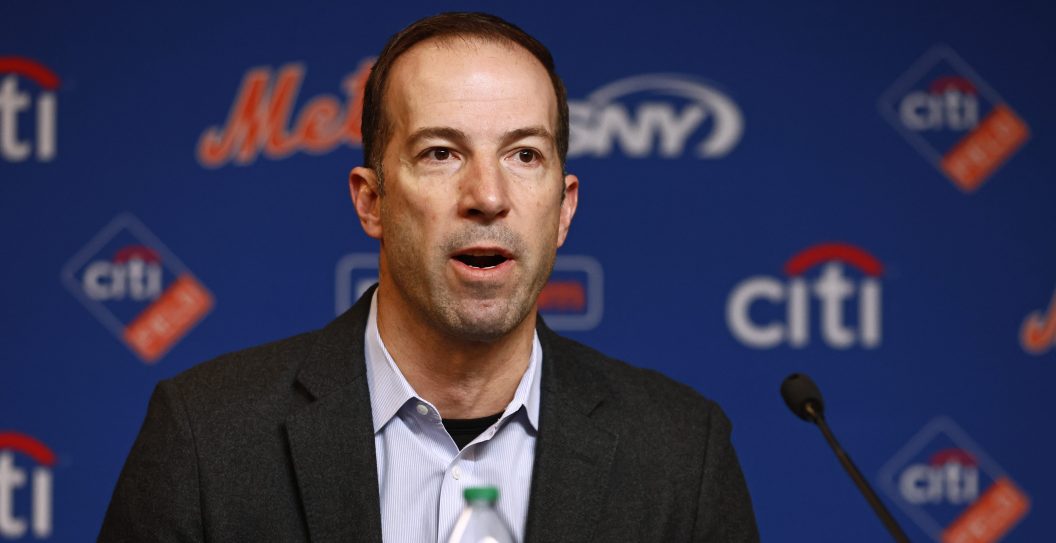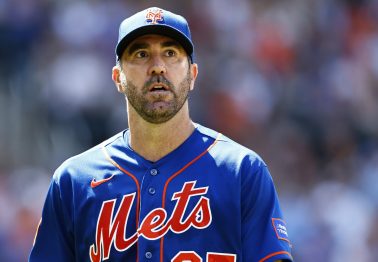There's no drama like New York Mets drama and even with the team out of the playoffs, the New York Post had some juicy tidbits about the team. The most controversial is that former GM Billy Eppler is currently under investigation for the use of what is called the "Phantom IL."
The Phantom IL was widely used in the minor leagues due to roster crunches and movement. A player is shifted to the injured list with "back spasms" or something similarly vague, allowing the roster to shift for seven days. The player keeps getting paid, no one has to get sent down for no reason, and everyone simply nods and smiles. The practice was near universal, but it made minor league injury data almost useless.
The practice has largely ended since MLB took over the operations of the minor league. MLB put in place a "development list", which is basically a holding pattern for a player, ostensibly to work on things, but regularly used for workload management in young players.
The NBA also widely used the practice before moving to 15-man rosters. In one instance, a player went on the IR with what was said to be an ankle injury. The player walked into a press conference with no discernible limp and had to ask the PR staff which ankle he hurt. Everyone snickered because we were all in on the joke.
I spoke with two team officials, who requested anonymity because of the topic. Both indicated that they didn't believe that use of the Phantom IL would be a firing offense or even a suspension. One noted that the Padres were penalized in a medical records scandal, which involved ongoing fraud against other teams. In that, Padres GM AJ Preller, still with the team in that position, was suspended for 30 days without pay.
Who Did the Mets Put on the Phantom IL?
Speculation is rampant about which player was "phantomed," so I went to my database of injuries and notes. In almost all cases, there was a clear injury. Some online speculation has focused on Tim Locastro, who missed time with back spasms, then had surgery on his thumb, being pushed to the 60-day IL before the surgery. A scar is easy enough to check, but back spasms aren't. That 60-day move coincided with signing Gary Sanchez for a brief period and without it, a player on the Mets 40-man roster would have needed to be exposed to waivers. With several young players on that roster but not yet in the majors, it's the type of move that could have been made to avoid losing someone.
The one that stands out to be is Starling Marte's battle with migraines. I want to be clear that I am not casting doubt on Marte or the seriousness of migraines. I am merely pointing out that this is the kind of injury impossible to check and that is often used with phantom moves. Mark Vientos was called up, but he was already on the 40-man roster, so there's no seeming crunch. Reports at the time had Marte visiting specialists and trying medications before returning, so this doesn't seem to be a phantom move, either in injury on in effect.
The Mets had 25 different players on the IL during the season and having looked through the complete list, I can say that most are very clearly real injuries. Players had surgery, saw doctors, or had visible injuries or scars; those are easy to check. With others, like back spasms and migraines, it's nearly impossible, though medical records by the team and consulting physicians should clear those up.
In all cases, these would have required the signature of a team physician. Many of those, including longtime orthopedic surgeon Dr. David Altchek, one of the most respected and sought surgeons for Tommy John and other surgeries, would be risking their reputation for something far outside their purview. Not to mention, the player and likely the agent would know, leaving a lot of people open to penalty. When there's a clear reward, as with the Padres thinking they could "win more trades", it can make a warped sense.
But what did the Mets get for this purported move? Why risk it?
The question then is, why is MLB investigating? The speculation there is just as juicy. Many suspect Buck Showalter is whispering to journalists on his way out, having been fired unexpectedly. Showalter is pushing to interview with the Los Angeles Angels, so I'm not sure what he would have to gain here. Ownership is a small club and angering a billionaire on the way out is seldom a good career move.
Eppler is a longtime baseball man and former GMs seldom are out of a job long, either going to another team or into the media for a time. The same is true of Showalter. Mets team doctors, who are much less likely to just go to another team, would be risking reputation and the Mets' long term relationship with Hospital for Special Surgery. I expect we will learn the answer ahead of the upcoming GM meetings in November.


